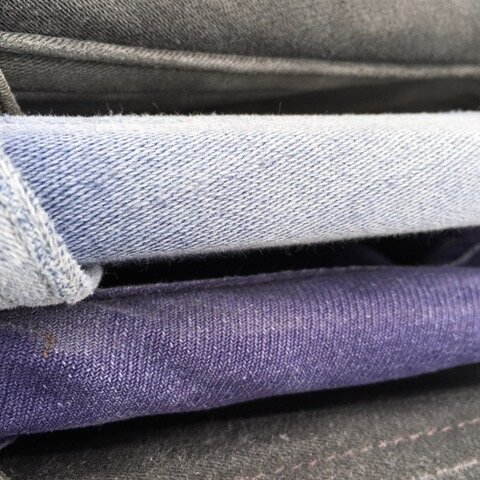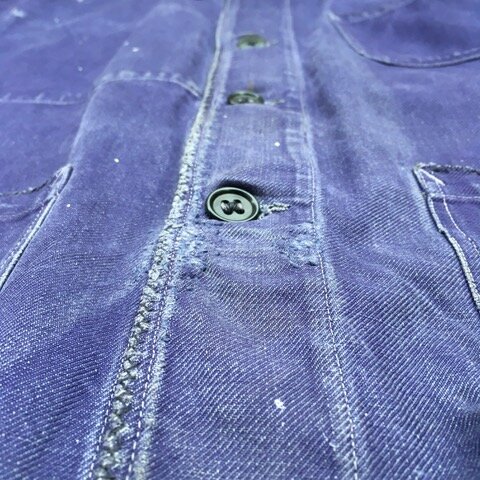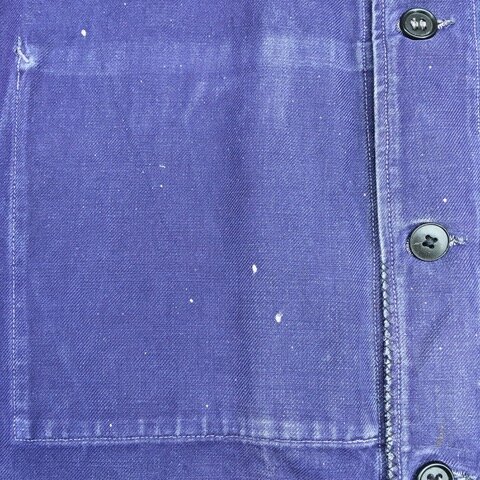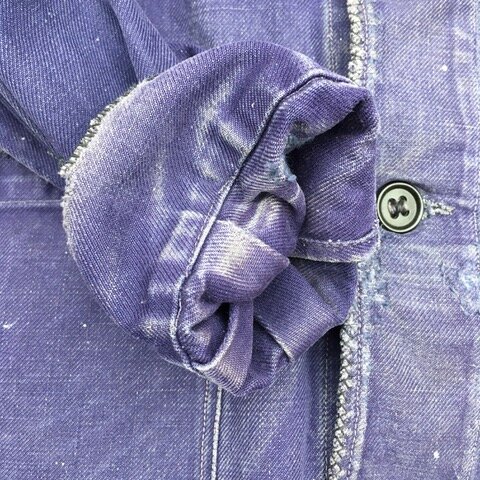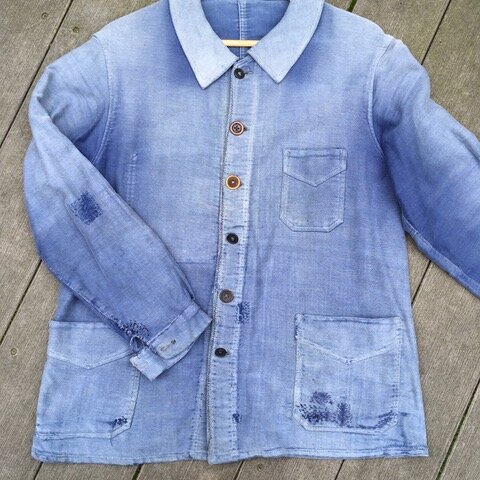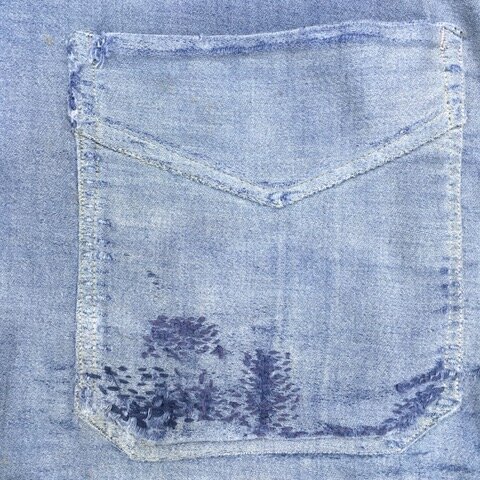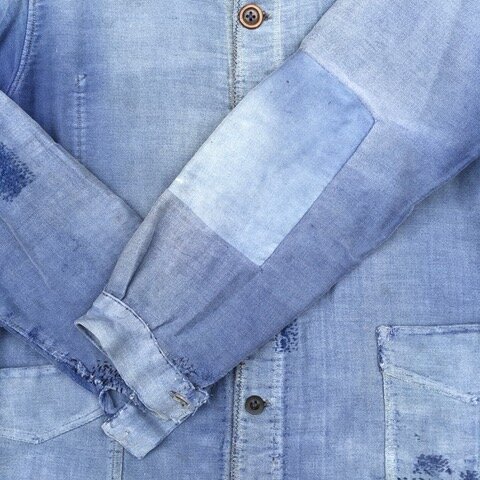ATIKA Commercial Manager Talks French Workwear Jackets
The first time I bought vintage French workwear as a picker was in north west France about fifteen years ago. Obviously my French was rubbish and it took at least five minutes for the guy to exclaim “aha, le bleu!” as, I really did do my best.
"Vetement travail” was shown to me in the corner of the warehouse. In a pile, covered in dust and forklift oil, were a few dozen raggy jackets. I found a few and sold them as soon as they were in the London store. To be honest, it wasn’t my idea to buy the stock; looking back I think that Labour & Wait on Redchurch Street or some serious business vintage store in Harajuku, Tokyo had put the thought in my mind. It took a few visits to the same rag yard to convince the guy that it was worth making the effort to find more stock for me. Today I can find a lot. We are really proud that ATIKA can have such a consistent and desirable selection.
There are tons of writing about French Workwear online so for this post, I thought it would be interesting to look at a few details from my own collection. For me, it's the small defects, damages and repairs that make the pieces interesting. I like the hand stitched field repairs, the fading of natural indigo dye, wacky replacement buttons.
In Italian culture, you have sprezzatura, in Japan shibui, in Britain shabby chic. I think that well worn French workwear can show elements of all of these aesthetics. It's not about looking like a factory worker (in blue) or a farm worker (in black) or an SNCF employee (in brown). This is not dress up, it's not retro, nor homage to a culture; rather it is an appreciation of something deeper within a garment that, has been an intrinsic part of someone else’s story and has now come to you. They want to be worn and do their work, it’s what they were made for.
I’ll be picking in a couple of weeks to maintain the flow and I expect there will be more pieces that we can show, but be assured that ATIKA always carries a strong set of jackets, trousers and overalls.
Words: John Howlin


